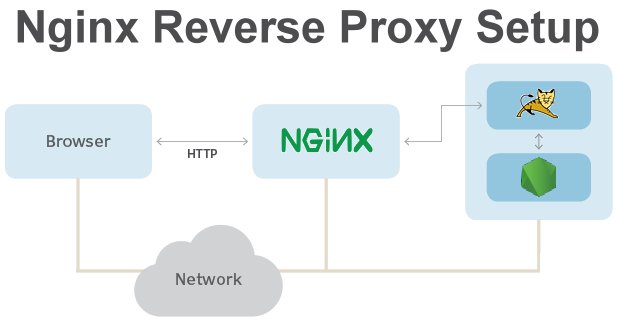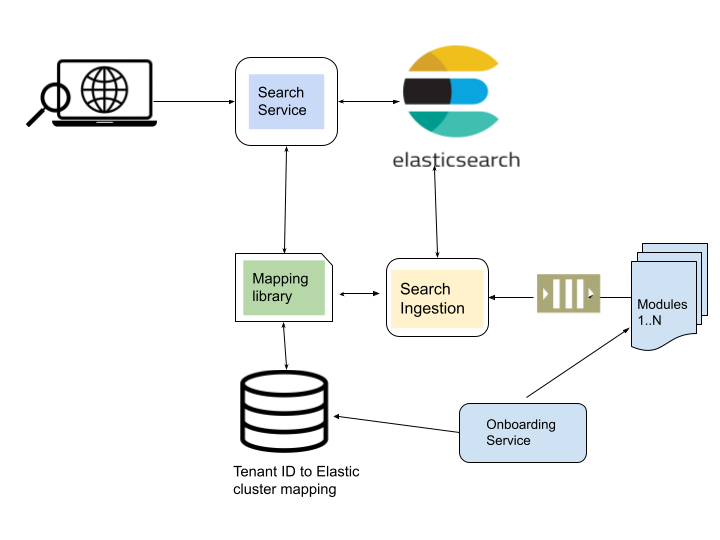Introduction: In the ever-evolving realm of web development, architects and developers are constantly seeking innovative solutions to enhance the performance, security, and scalability of their applications. One such solution that has gained prominence is the use of Nginx as a reverse proxy in the back-end. This blog post explores the intricacies of this powerful tool and how it can revolutionize the way your applications handle incoming requests.
Understanding the Basics: Before delving into the nuances of using Nginx as a reverse proxy, it’s essential to grasp the fundamental concepts. A reverse proxy sits between client devices and a server, forwarding client requests to the server and returning the server’s responses to clients. Nginx excels in this role, offering a lightweight, high-performance solution with robust features.
Benefits of Nginx as a Reverse Proxy:
- Load Balancing: Nginx’s load balancing capabilities distribute incoming traffic across multiple servers, preventing any single server from being overwhelmed. This not only ensures optimal resource utilization but also enhances the overall reliability and availability of your application.
- Caching Mechanisms: Leveraging Nginx’s caching mechanisms can significantly boost your application’s speed and reduce server load. By caching static content, Nginx minimizes the need for repeated processing of identical requests, leading to faster response times and improved user experience.
- SSL Termination: Nginx serves as an efficient SSL terminator, handling the encryption and decryption processes. This offloads the resource-intensive task from your application servers, resulting in improved overall performance and responsiveness.
- Security Enhancements: The reverse proxy setup with Nginx adds an extra layer of security to your infrastructure. It acts as a shield, concealing sensitive information about your back-end servers and mitigating potential security threats, such as distributed denial-of-service (DDoS) attacks.
Implementation Guide: Now that we understand the advantages, let’s dive into the practical aspects of implementing Nginx as a reverse proxy in your back-end infrastructure.
- Installation and Configuration: Begin by installing Nginx on a server separate from your application servers. Once installed, configure the proxy settings to define how Nginx should handle incoming requests and where it should forward them.
- Load Balancing Configuration: Harness Nginx’s load balancing capabilities by configuring upstream servers. This ensures an even distribution of incoming requests among your application servers, preventing any single server from becoming a bottleneck.
- Caching Setup: Implement Nginx caching to optimize performance. Configure caching directives based on your application’s requirements, specifying which content should be cached and for how long.
- SSL Termination: Enhance security and offload SSL processing by configuring Nginx to handle SSL termination. This involves terminating the SSL connection at the reverse proxy, with clear-text communication between the proxy and your application servers.
Real-world Applications: Several high-profile websites and applications have embraced Nginx as a reverse proxy to achieve optimal performance and reliability. From content delivery networks (CDNs) to e-commerce platforms, the versatility of Nginx makes it a preferred choice for organizations seeking a robust and scalable solution for handling incoming web traffic.
Conclusion: In the fast-paced world of web development, staying ahead of the curve is essential. By incorporating Nginx as a reverse proxy in your back-end infrastructure, you not only optimize performance but also fortify the security and scalability of your applications. Embrace the power of Nginx and unlock a new era of efficiency in handling incoming requests.





